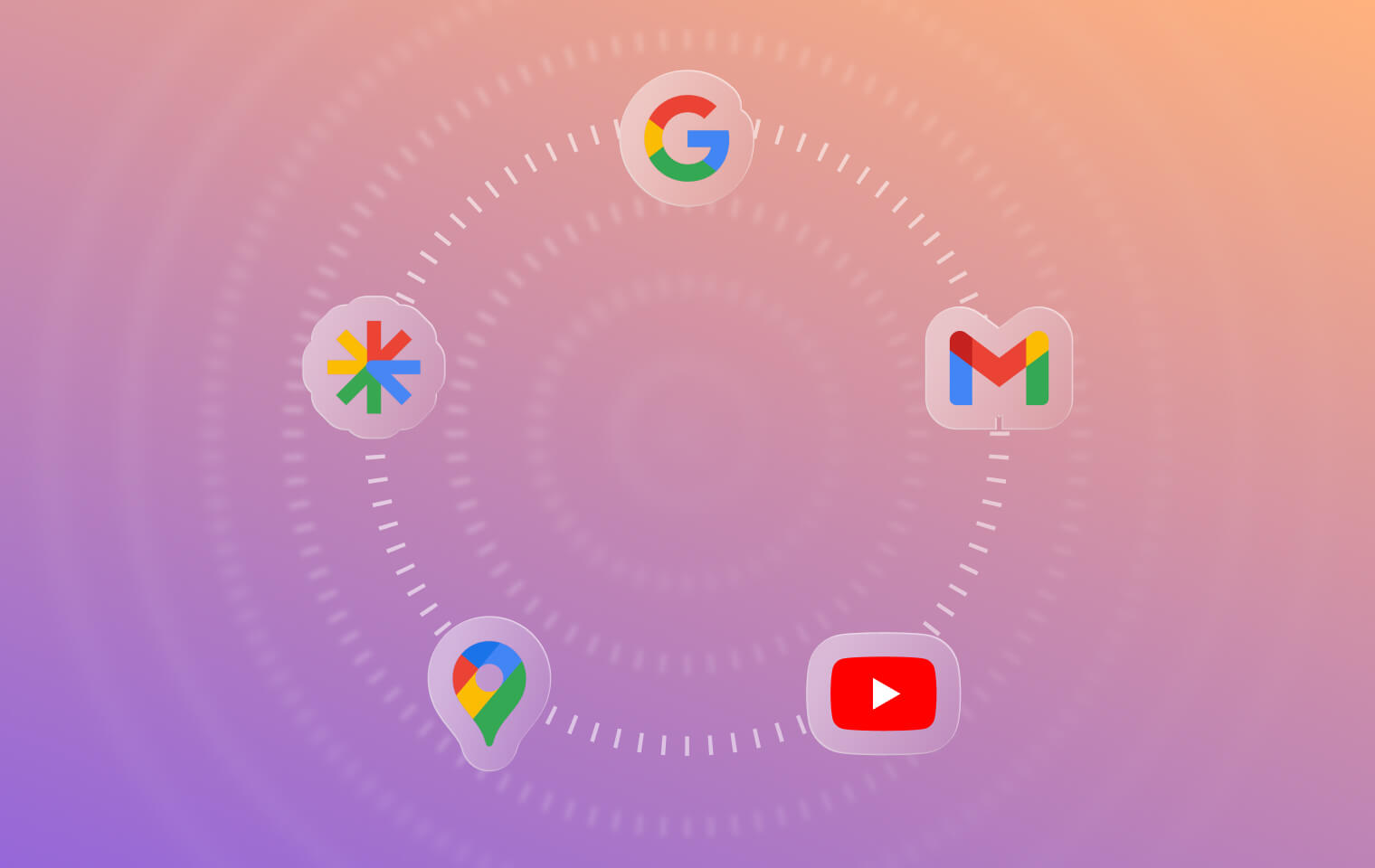Everyone’s Doing It So You Should Too, Right?
Every year there seems to be a bright and shiny new product everyone hopes will be the thing that helps us deliver on performance better ever before. Last year, it was Performance Max, an AI-powered campaign out of Google. It was all the rage! Everyone was trying it! When the global rollout took place, Performance Max was widely adopted by many advertisers and helped with everything from e-commerce to B2B.
On paper, the thought of this type of campaign was everyone’s dream. Imagine being able to manage multiple channels at once, leveraging different creative for each product or service, and gathering insights cross-channel in a way we’ve never seen before.
Unfortunately, we didn’t get any of that when Google rolled out Performance Max.
What is Performance Max?
Performance Max is a goal-based campaign type, powered by Google’s Machine learning algorithm, that allows advertisers to access all of Google’s properties under one campaign. What’s unique about Performance Max is its ability to optimize across multiple channels and serve ads to users who are most likely to convert.
The AI is able to determine when to serve an ad to a user on Google’s Search, Display, and Video networks based on where that particular user is in the funnel. Additionally, the campaign was truly the first of its kind when rolling out the capability to create videos and fully tap into video inventory. This gave advertisers the chance to benefit from video assets without having to pay top dollar to shoot creative themselves.
If all that sounds too good to be true, it’s because it is.
Once you jump in Google Ads and actually try to create a campaign, you realize that when Google said “AI-driven”, they meant it – you have virtually no control. Additionally, Performance Max is considered a “goal-based campaign”, which means the most important element of the platform is the conversion data you’re feeding the algorithm. I imagine you probably thought that you (the human) would be the most important element, right? I thought so, too. Wrong.
What Levers can we Pull?
Thankfully, advertisers have some levers they can pull inside Performance Max.
Targeting: You have the ability to specify geography, products, device targeting, focus bidding towards new customers, and… that’s about it.
Creative: After targeting, the only autonomy you have left is the creative. The creative itself is expansive, comprising various text ad sizes, images/HTML5, logos, assets (ad extensions), and videos. The rest of the setup for Performance Max focuses on creating asset groups that contain various audience ‘signals’ to allow for Google to effectively optimize toward your campaign’s goals.
The audience signals themselves don’t hold as much weight as one might hope. Signals do not equate to actual targets. After talking with numerous Google reps over the past year and a half, I learned the most important signal is actually the conversions you track yourself at the account level.
So, in order to effectively use audience signals within a Google Performance Max campaign, you’ll need to make sure the audiences you add are highly relevant towards the type of user you’re trying to target.
Let’s Talk Reporting
If you’ve made it this far, you’re probably waiting to learn about the incredible insights you’ll be able to derive from the in-depth reporting Google provides. Think again!
The lack of transparency from Performance Max campaigns are akin to a more advanced Smart Campaign. There is no real reporting by creative, creative type, campaign type, granular search term, or placement reports.
Despite this lack in transparency, the performance from Performance Max campaigns is actually… pretty good! However, one of the more concerning theories going around is the notion that the majority of the conversions are attributed to branded search queries and retargeting from other channels. In response, Google Ads is starting to roll out a product in beta that allows advertisers to negate branded search queries from Performance Max campaigns and focus dollars elsewhere. This is definitely a step in the right direction.
It’s Not For Everyone
Here at Arm Candy, we’ve seen both successes and failures when it comes to Performance Max. In some instances, we’ve seen Performance Max drive incremental returns alongside other campaign types. In others, we’ve seen it cannibalize.
When considering Performance Max, it’s important to determine what you’re trying to achieve. This campaign type isn’t the silver bullet it seems to be – not every marketer will need or even use it to hit their business goals. However, marketing isn’t a one-size fits all industry; Performance Max may work for you, or it may not. As for the rest of us at Arm Candy, we will continue working to understand all the pros, cons, and risks before fully immersing ourselves in a media investment.


